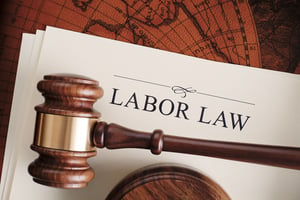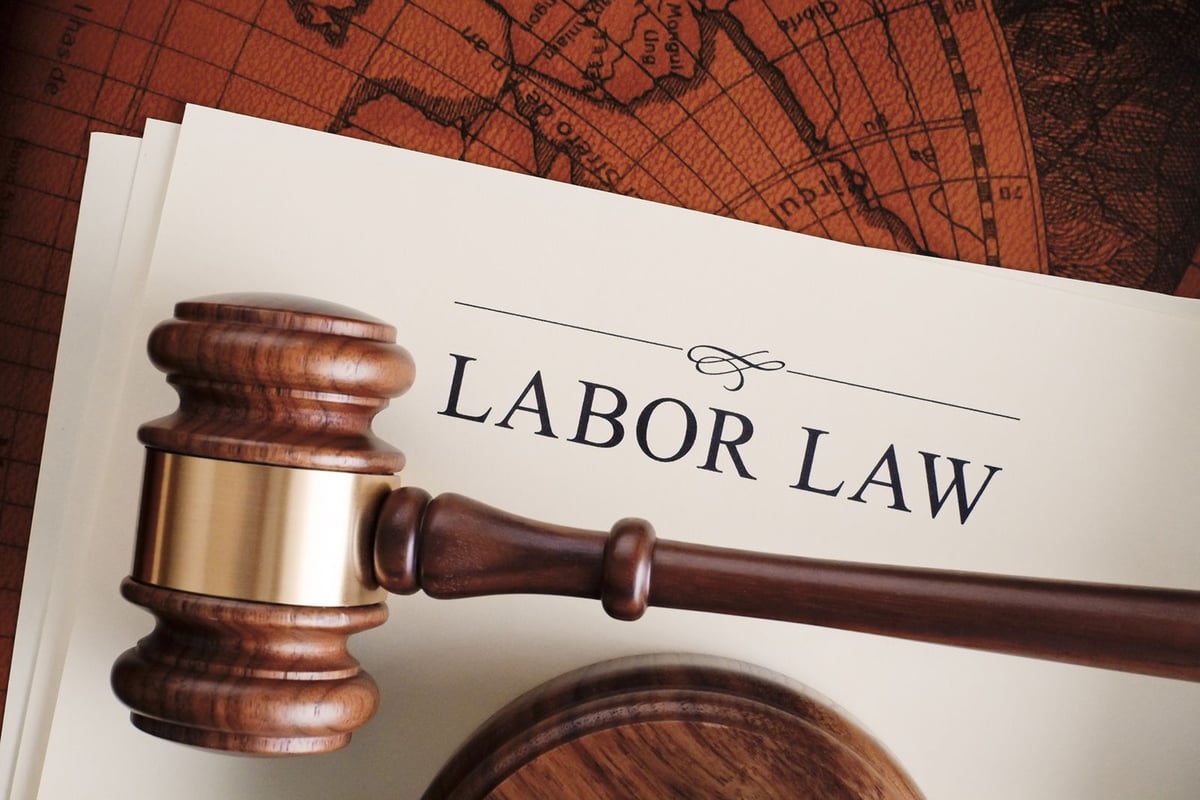 As a Canadian business owner, you’re likely thinking about how you’ll expand your business in the future. Maybe you’re planning an expansion into the US in the near future. Maybe that date is a little further off.
As a Canadian business owner, you’re likely thinking about how you’ll expand your business in the future. Maybe you’re planning an expansion into the US in the near future. Maybe that date is a little further off.
You might already be making moves to get into the US market.
No matter when you plan to expand, you’re going to need a solid understanding of US labor law before you set up shop on the other side of the border. If you’re planning to hire any American employees or contractors, make yourself familiar with the basic of US labor law by using this quick guide.
Most Labor Law Is Federal
The first thing you should understand about US labor law is that most of it is handed down from the top level of government. There are federal-level bodies that oversee labor law compliance.
This is a stark difference from Canada, where federal labor law covers approximately 10 percent of the workforce. The remaining 90 percent of workers are usually subject to provincial laws, which vary across the country.
That’s not to say there aren’t state laws you’ll need to be aware of. In fact, you’ll likely need to be aware of the differences in state requirements on a variety of subjects.
The States Dictate Unemployment Insurance and Workers’ Compensation
One of the most obvious areas of state control is unemployment. Unlike Canada, which has a federally mandated program, each US state is free to define how unemployment works. Premiums are remitted from the employer to the state, rather than to the federal IRS.
The same is true of workers’ compensation programs. You’ll need to familiarize yourself with the programs and requirements in each of the states you operate in.
Worker Classification Is Important
Another thing you should know when you hire workers in the US is that it’s important to get worker classification correct. Worker misclassification is a concern at both the federal and state level.
This stems from concerns that employers are purposefully misclassifying their employees as contractors in order to avoid federal obligations to them. For example, if you hire an employee, you’ll need to submit payroll remittances, which include tax withholding and Medicare, to the IRS. If someone is a contractor, however, you don’t need to collect and submit these remittances.
You might not purposefully misclassify an employee, but it’s easy to do in error as well. Familiarize yourself with the rules the IRS uses to determine whether someone is a contractor or an employee.
Payroll Remittances
If someone is an employee and not a contractor, you might wonder what your responsibilities are. You know you’ll be asked to deal with unemployment insurance and workers’ compensation at the state level.
At the federal level, you’ll need to complete tax withholding for most employees. You’ll also need to make payments to Medicare and Social Security. Again, these are deductions you withhold from an employee’s pay.
You’ll need to submit these remittances to the IRS on a pre-determined schedule.
Holidays, Leaves, and More
The US Fair Labor Standards Act doesn’t include any regulation about paying employees for time not worked. This means you don’t have to offer paid vacation or pay for holidays.
This is very different from Canada, where law indicates a minimum amount of paid vacation per year and also a number of statutory holidays for workers.
Paid holidays, vacations, and even leaves are up to the employer’s discretion. Offering paid holidays and vacation can give you a competitive advantage when it comes to hiring employees. In certain fields, you may need to offer holidays.
There’s much more to US labor law than this quick guide can go over, but it’s a great place to start. If you have questions, why not consult with a professional employer organization that operates on both sides of the border? Their insights are invaluable.




 Download Now
Download Now 

